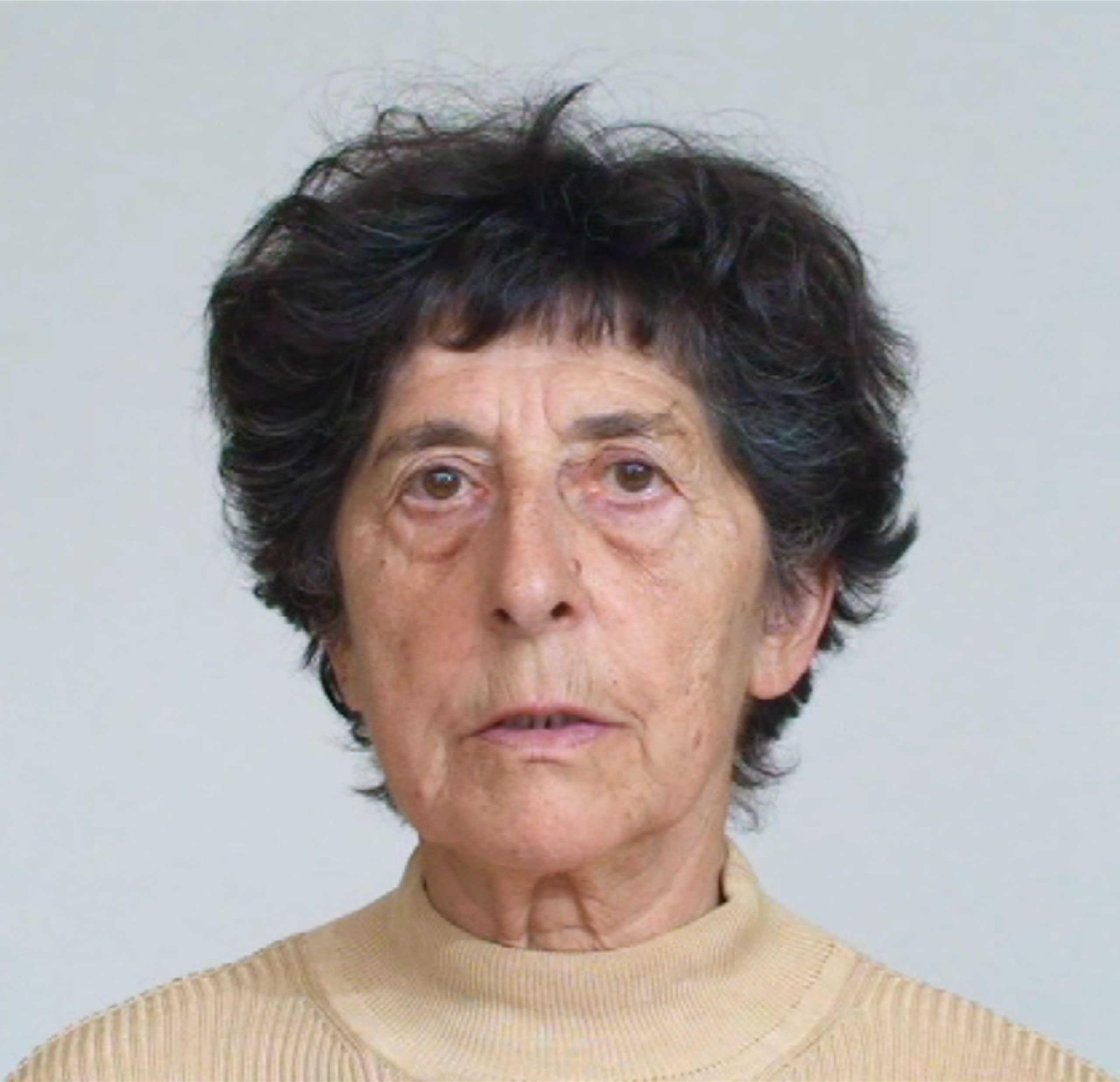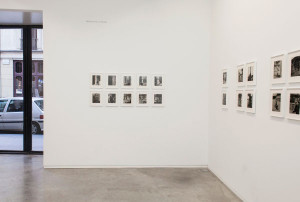Esther Ferrer. ‘Extrañeza, desprecio, dolor y un largo etc.’
9 — 21 November 2021

This film in colour from 2013 could have well been a classic black and white performance register from the seventies. It’s mute, it’s “poor” and it explores the possibilities of the artist’s body as a tool for transgressing cultural paradigms in and by itself. When I say the video is “poor” do not take me wrong, the artist never wanted anything but to do poor art, using just her own unadorned body, a few props and, when the occasion allows for it, an installation as frame. Indeed, the only prop she has here is one of her most cherished: a chair, which, despite being invisible, mustn’t be taken for granted. This anthropomorphic stage prop is as recurrent in Ferrer’s work as it is in Bruce Nauman’s. These two artists share common interests in repetition, in senselessness (which repetition brings about), in gestures that are profoundly banal and, at the same time, reveal the existential hardship of social interaction. Esther Ferrer’s interest in time and repetition has been one of the constants of her career ever since the sixties, when she became part of the transgressive artistic collective known as ZAJ alongside Juan Hidalgo, Ramón Barce and Walter Marchetti.
Esther Ferrer is an artist from the seventies and, in a way, this is also an art work from the seventies. When first watching Extrañeza, desprecio, dolor y un largo etc.(Strangeness, disregard, sorrow and a long etcetera) one finds it comical; the facial expressions reverberate with silent cinema. The gestures, which as we know draw the human face further and further away from an idealized depiction, are exaggerated and clownish but, we gradually realize, real as life. This is a repertoire of gestures we resort to in weddings, funerals, grand openings and a long etcetera of events. At first the gestures are defined as pertaining to a specific feeling, but soon they start to drift into a nebulous ambiguity in which the simulacra becomes devoid of meaning. In the repertoires of gestures of the Renaissance the “others” (the elderly, the ethnic) were always the ones disfigured by radical facial expressions; otherness was the perfect platform for us to recognize the extremity of existence. By performing this clownish repetition of extreme social gestures, Ferrer assumes this role, bringing us face to face (literally) with the extreme mechanisms of communication. After all, this is an artist who for half a century has worked with time, space and presence, and for whom nothing else (nothing less) will do.
Text by Claudia Rodriguez-Ponga Linares



